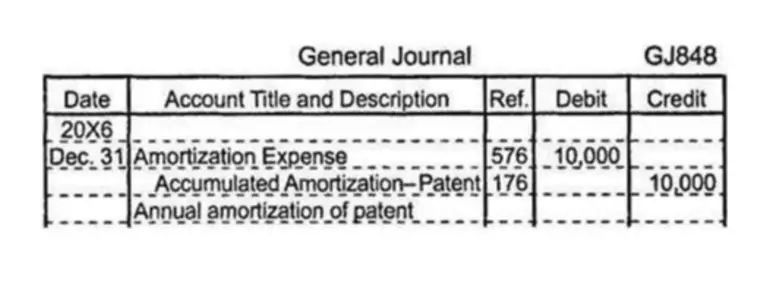Content

A progressive tax is a tax in which the tax rate increases as the taxable amount increases. The term progressive refers to the way the tax rate progresses from low to high, with the result that a taxpayer’s average tax rate is less than the person’s marginal tax rate. The term can be applied to individual taxes or to a tax system as a whole. Progressive taxes are imposed in an attempt to reduce the tax incidence of people with a lower ability to pay, as such taxes shift the incidence increasingly to those with a higher ability-to-pay. The opposite of a progressive tax is a regressive tax, such as a sales tax, where the poor pay a larger proportion of their income compared to the rich. The next two tabs illustrate progressive and regressive taxation schemes. Then we examine a hypothetical example of sales taxes paid on a flat screen television set.
- A new World Bank working paper based on a broadly representative survey of populations with internet access in a diverse set of countries speaks directly of the consequences of reforms that alter the progressivity of taxes.
- Therefore, people may work less and innovate less to pay lower tax rates rather than earn more and innovate more and pay a higher tax rate.
- The fact that employer groups are the main organizing form of health insurance provision in the US helps mitigate problems with adverse selection, especially among large employers who provide stable pools for insurers.
- With a progressive income tax, the tax rate applies only to the portion of a person’s income that falls within that range of the tax bracket.
If you had $50,000 of progressive taxable income, you’d pay 10% on that first $10,275 and 12% on the chunk of income between $10,276 and $41,775. And then you’d pay 22% on the rest because some of your $50,000 of taxable income falls into the 22% tax bracket. The total bill would be about $6,600 — about 13% of your taxable income, even though you’re in the 22% bracket.
What Is the Purpose of a Progressive Tax?
Investopedia requires writers to use primary sources to support their work. These include white papers, government data, original reporting, and interviews with industry experts. We also reference original research from other reputable publishers where appropriate. You can learn more about the standards we follow in producing accurate, unbiased content in oureditorial policy.
- These credits are normally a flat dollar amount for each family member and are available only to taxpayers with income below a certain threshold.
- Some states, such as California and Vermont as well as the District of Columbia, have very progressive income taxes.
- See Appendix C for a ranking of states based on their reliance on non-tax revenue vs. tax revenue.
- As you can see, those in the lower percentiles consistently paid less in taxes and received more in government spending.
- In other words, not only do the rich, on average, pay a lower effective state and local tax rate than lower-income people, they also collectively contribute a smaller share of state and local taxes than their share of all income.
- There is debate between politicians and economists over the role of tax policy in mitigating or exacerbating wealth inequality and the effects on economic growth.
A similar rule also applies to compensate Dutch employees who are assigned to work in designated developing https://www.bookstime.com/ or to the Dutch nationals returning to the Netherlands after a substantial period of living abroad . The Dutch tax office can, upon an approved application of an employee, grant a 30% tax exemption on the employees remuneration. The resulting amount of tax may be less than zero, in which case the amount is partially paid out, provided that one has a spouse and the tax of both together is not less than zero. The deductible amount is subtracted from the income in box 1; if this is not enough, the remainder is subtracted from the income in box 3, and finally from box 2.
More tax articles
Therefore, Marcus will not take the promotion in order to continue paying a lower tax rate. Studies options of stimulating low-skilled employment (tax cut for low incomes and consumption tax relief on low-skilled intensive services) in a model calibrated to the Danish economy. Offer a potential explanation in a standard utilitarian model with labor supply where they show that the optimal joint tax system is to have transfers for non-working spouses that decrease with primary earnings. With concave utilities, the presence of secondary earnings make a bigger difference in welfare when primary earnings are low than when primary earnings are large. Hence, it is more valuable to compensate one earner couples when primary earnings are low. This translates into an implicit tax on secondary earnings that decreases with primary earnings. Such negative jointness in the tax system is approximately achieved by having family based means-tested transfers along with individually based income taxation.
